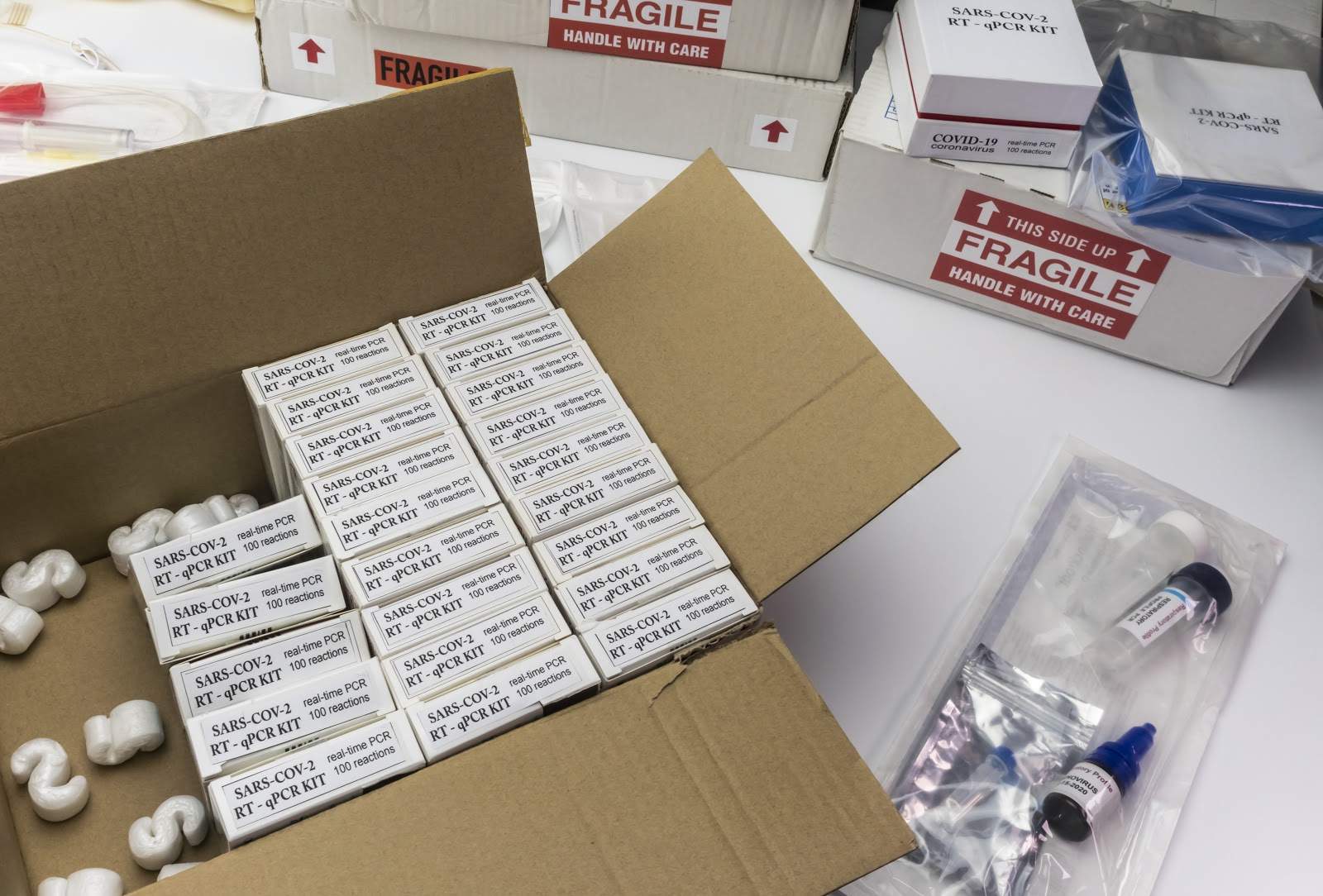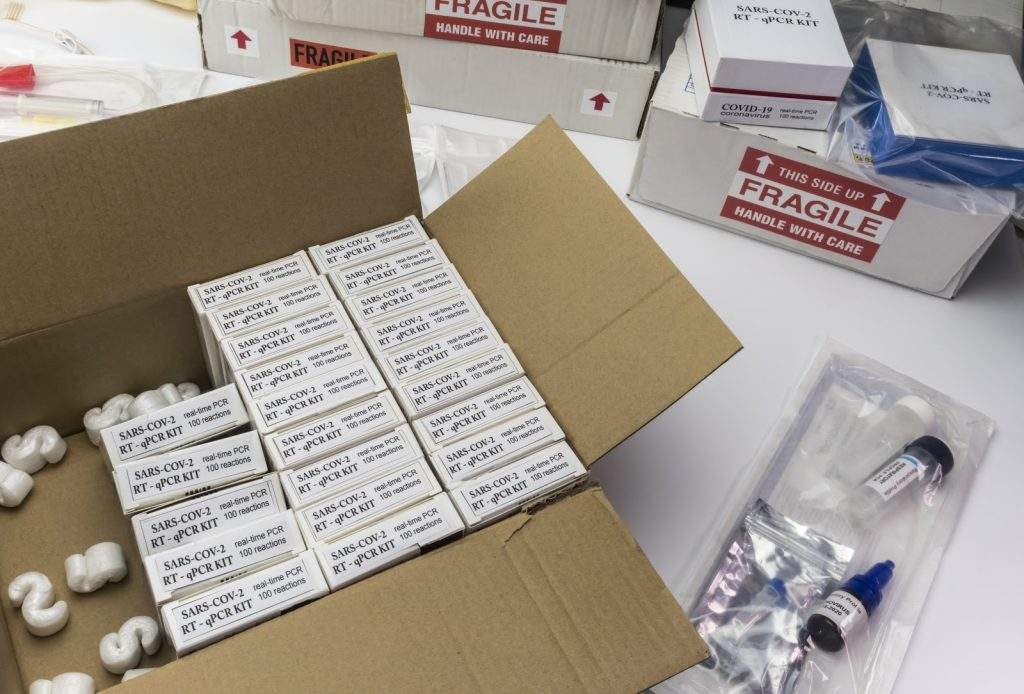
7 Tips To Improve Your Pharma Artwork Management
One of the key stages that we tend to discredit in the supply chain of the pharmaceutical industry is the packaging of the products – and even more so, the artwork design. Packaging amounts to 70% of the total cost of the finished products, and artwork designing forms an integral step to correct labeling and universal understanding.
The World Health Organization has estimated around 50% of the product recalls are occurring owing to mislabelling and slips-ups in the artwork designs. This can be explained by the immense unwarranted pressure companies find themselves under as fresher markets open up. They try to set themselves apart with quicker launches in these markets and adapting products to different market needs.
Needless to say, this gives us lesser time to artwork designers to nail it the first time around and within tight deadlines. The pharmaceutical industry is governed by regulations, compliance orders, and a whole host of quality norms, and a failure to meet them with artwork errors and mislabelling can cost companies a lot in terms of fines and reputation.
All this, then, warrants an efficient artwork management software and streamlined process.
This software would effectively amalgamate project and repository management, authoring procedure, and regulatory control over labeling and managing versions.
Check out the few tips to improve your Pharma Artwork Management below :
1. Make your artwork brief, concise and accurate
To set up a concrete foundation for any artwork, we need to ensure that your artwork brief is to-the-point and technically correct. A few of the most common hiccups in the process usually are typographical flaws on the content submitted, incorrect technical drawings, and errors in basic constituents like manufacturing and expiration dates, barcodes, and the likes.
2. Use this brief as your yardstick
Since the brief lays out the entire length and breadth of the entire pharma artwork, it provides a systematic and sure-shot yardstick to reviewing, QCing, and measuring progress. Sifting through the details in the different stages of the process ensures that the designs are finalized that much quicker and with accuracy.
3. Online proofing
Any form of creation is bound to have human-errors. A digitized proofing tool or software rules out this possibility; in specific, of the most common errors we see occurring in spellings and terminology. As we’ve already seen, something as menial as spelling errors in pharmaceutical packaging can lead to legal implications and complications. These online tools then help review artwork packages and recommend changes.
4. Version control
Working with multiple rounds of revisions and collaborating in teams is bound to generate multiple versions of the asset created. In times like these, it gets crucial that everyone is referring and reviewing the correct version and document in a consistent file-format, especially since the approval of any pharma artwork ensues from the involvement of multiple data-sets. This ensures easy comprehension and tracking of edits, as well as error-free collaboration.
5. Select vendors mindfully
When choosing suppliers for designing your artwork, it’s best to look for ones who are in complete cognizance of the print process. A lack of the technical know-how of this process can lead to process complications like no pre-press requirements and improper file builds. Also, ensure that the vendors are completely in charge of the end-to-end artwork edits.
6. Make changes clear
Within collaborative environments and different scopes of comprehension, ambiguous comments can get lost in translation – creating confusion and lengthening the approval process. Ensure that the annotations on the artwork are straightforward.
7. Multi-lingual Support
Many companies find trouble with the localization of pharma artwork and packaging. In times like these, various advanced artwork management softwares provide the tools of an in-built translation of packaging content with a high rate of accuracy. This enables these companies to translate their packaging artwork and content into local languages for the markets they operate in and are looking to tap into.
Also Read – Reasons You Should Invest In A New Industrial Door
In closing
Artwork management in the pharmaceutical industry is a careful process with deliberation required at each step to ensure compliance and efficiency. Companies can ensure seamless artwork management through effective artwork management software that looks into the details and intricacies of the creation of apt packaging that’s faster and error-free, with stress-free collaboration.
















